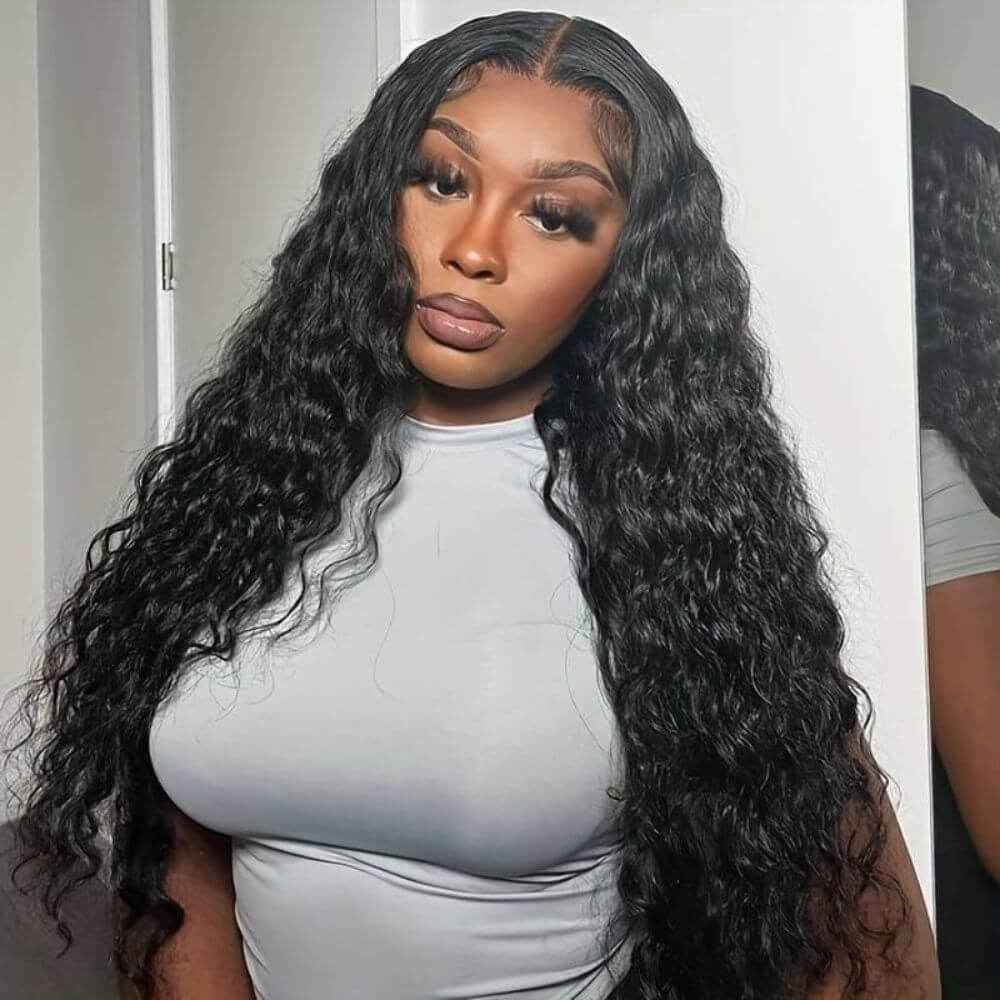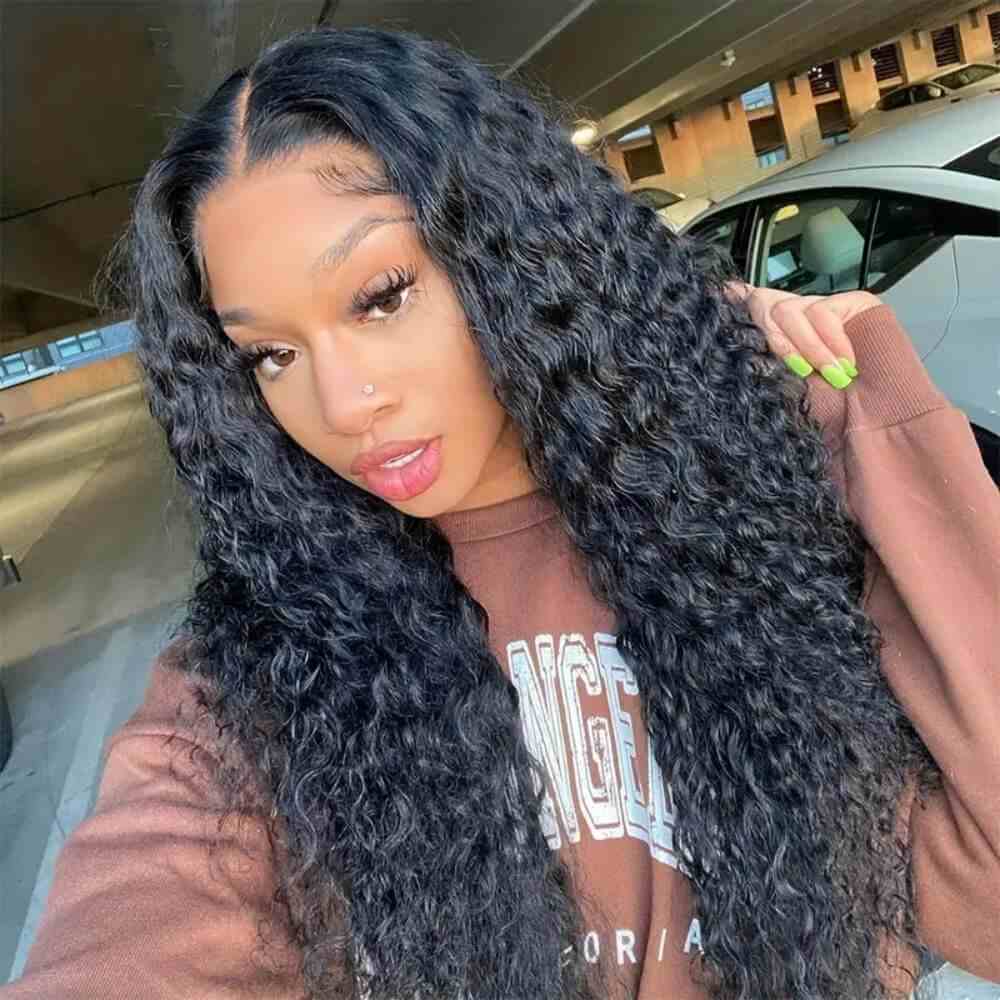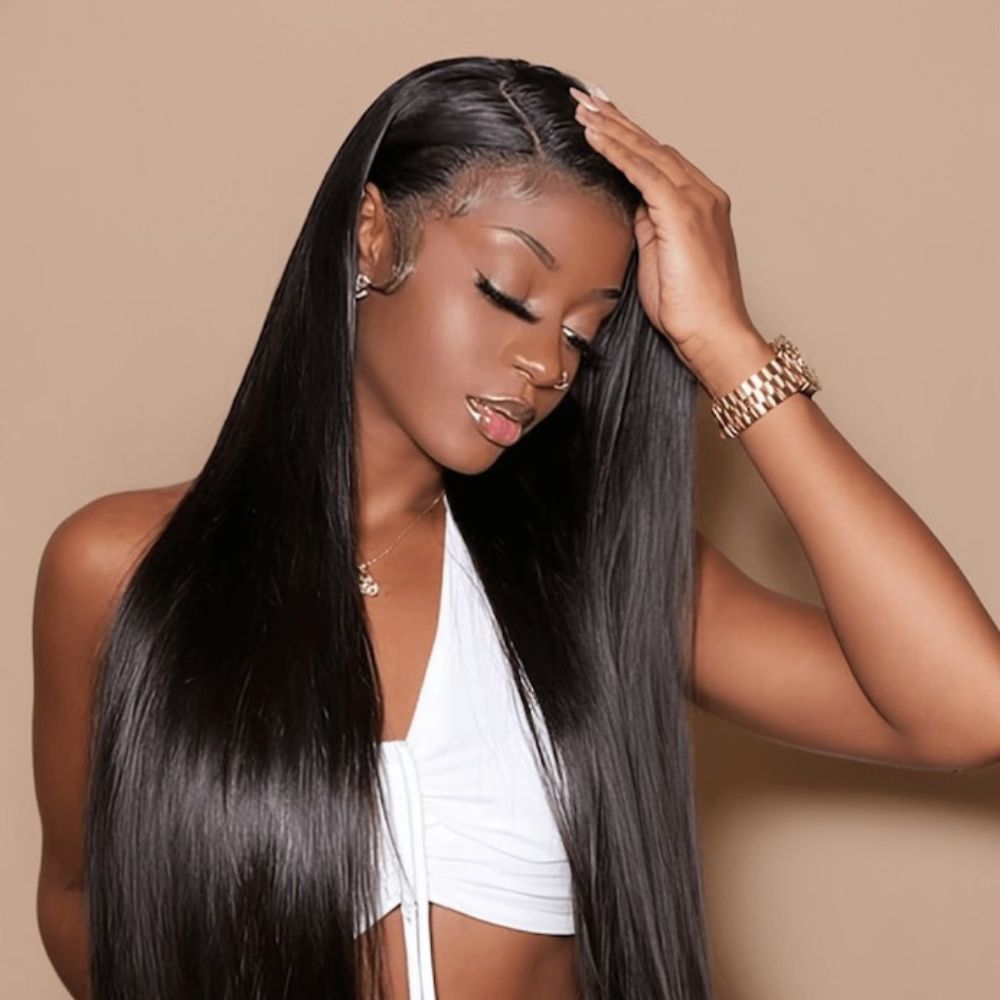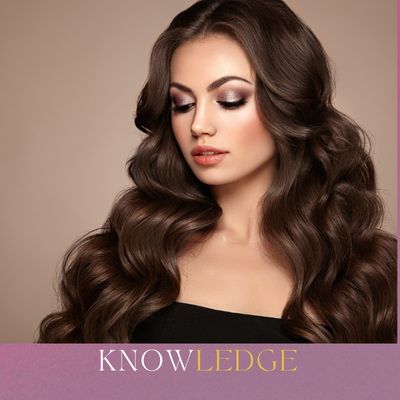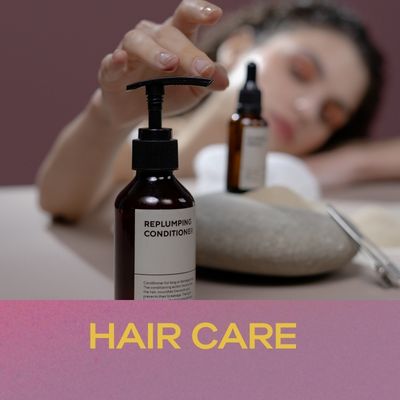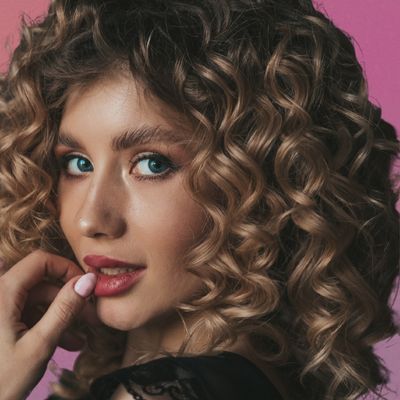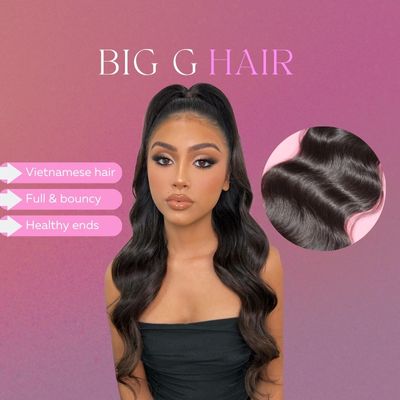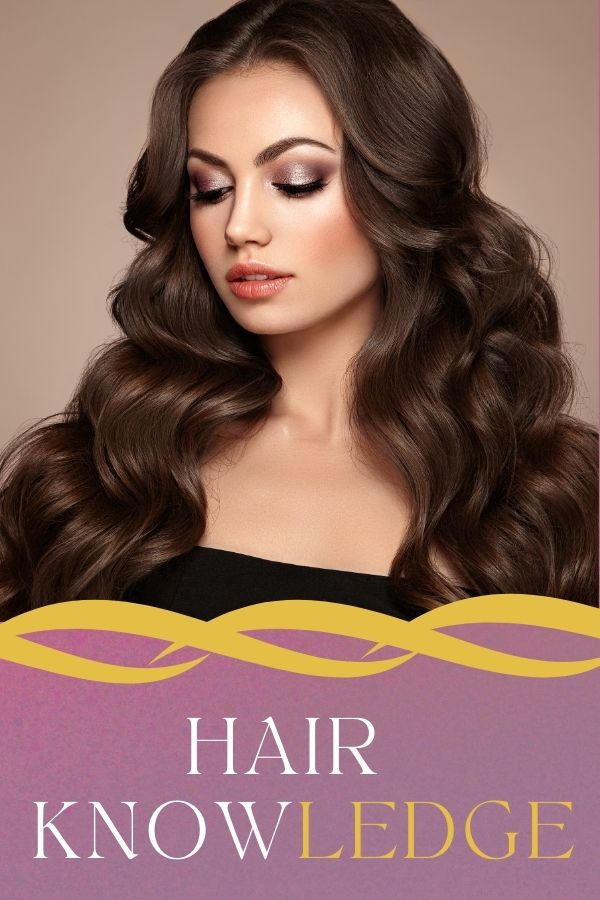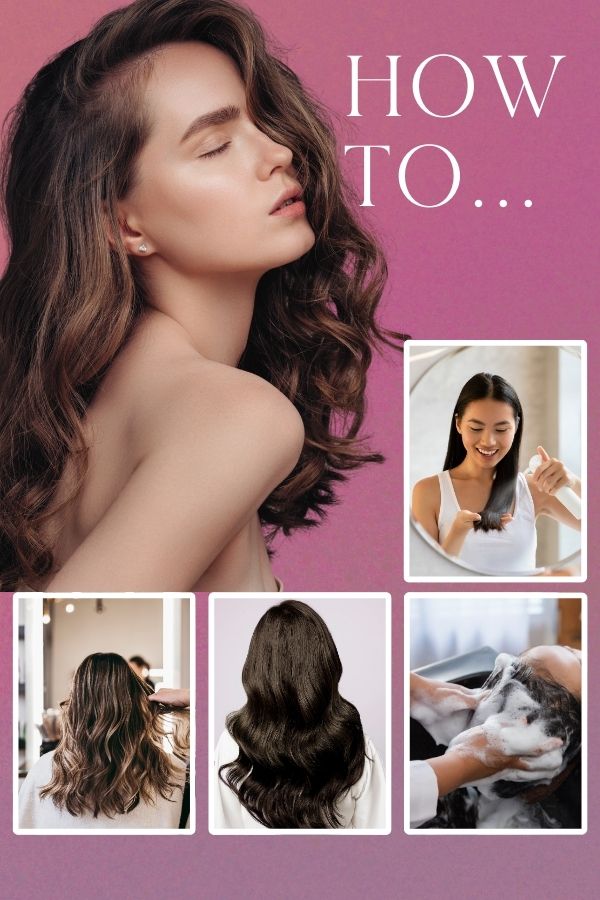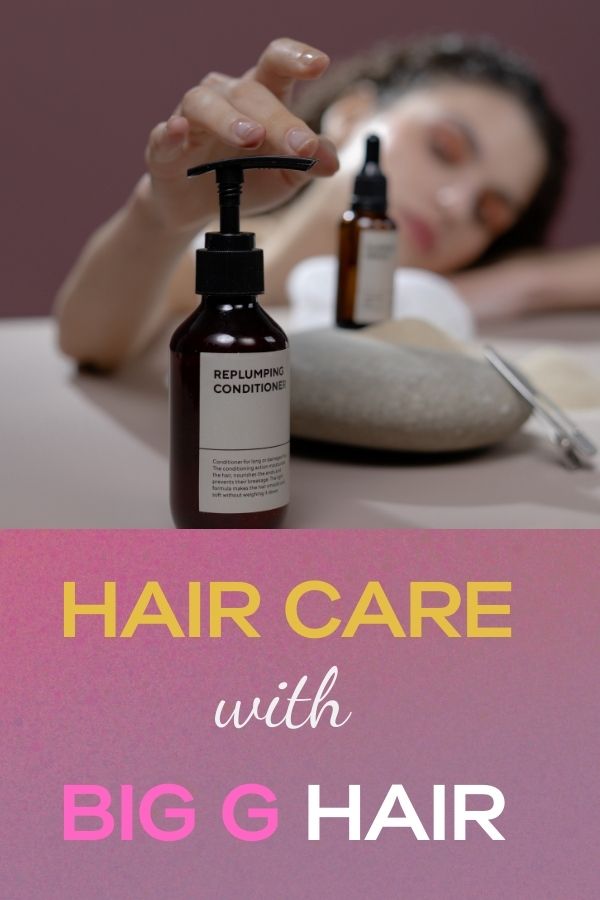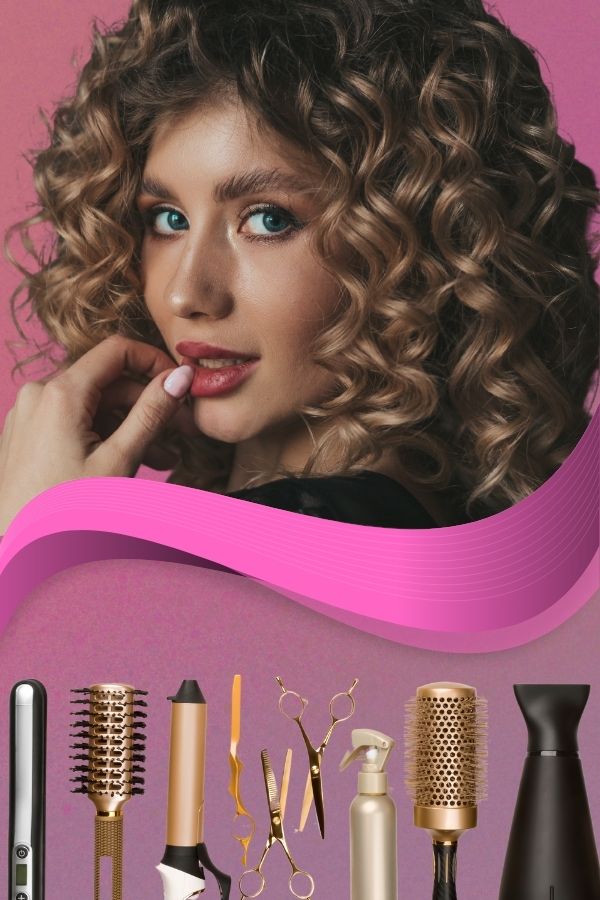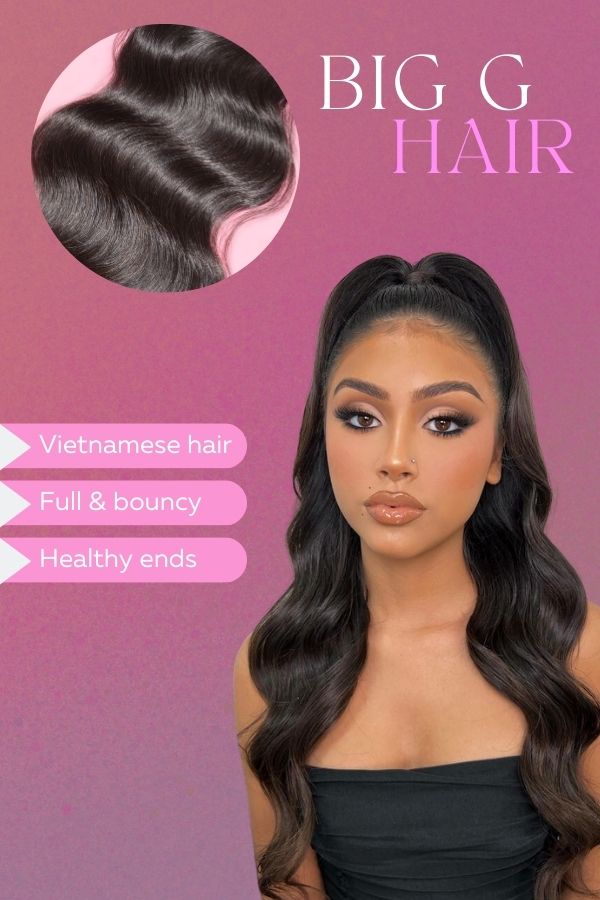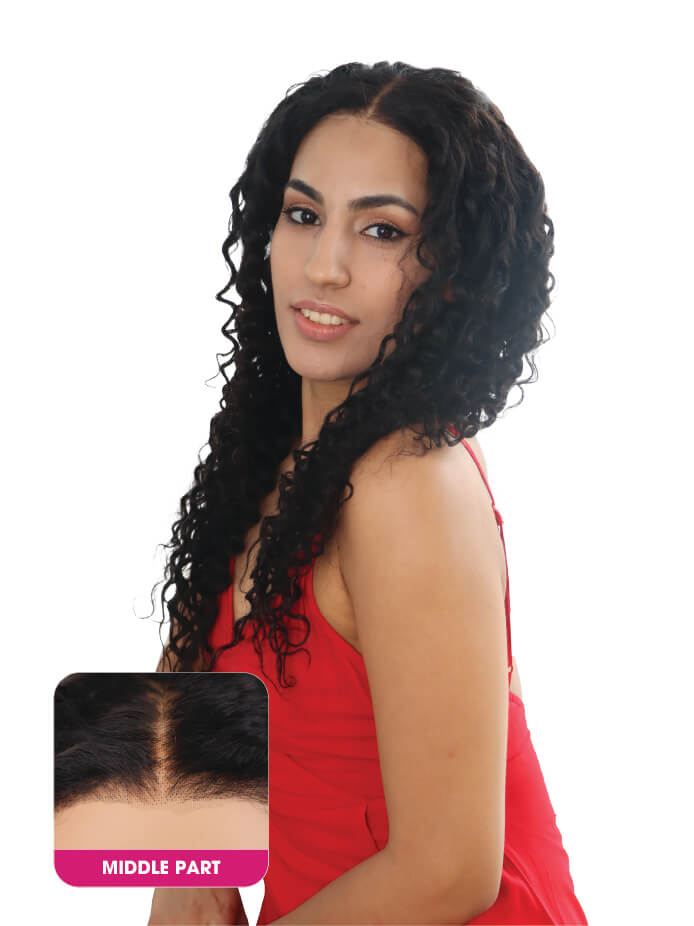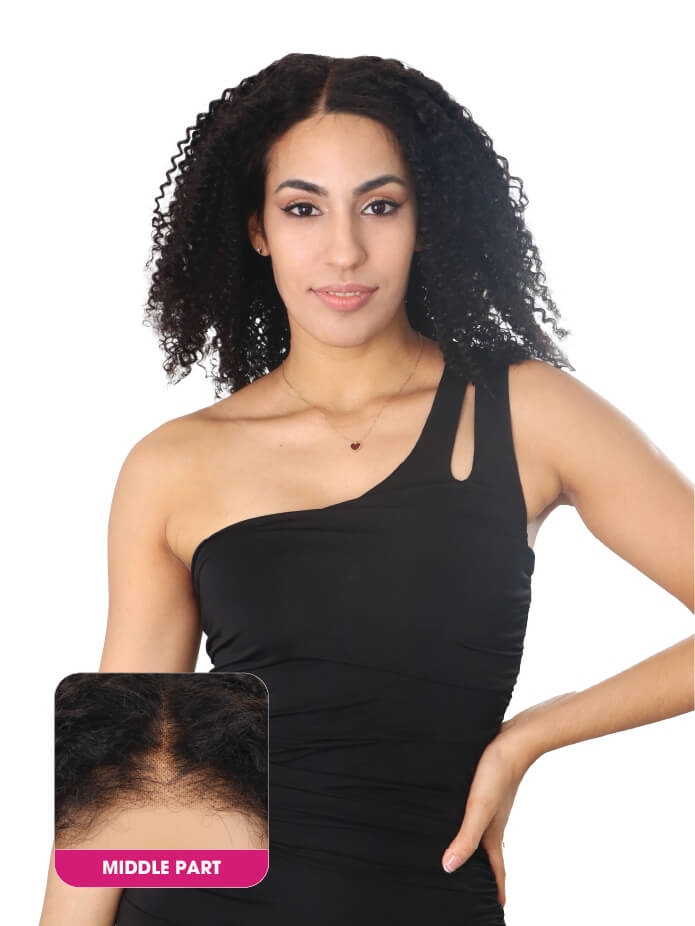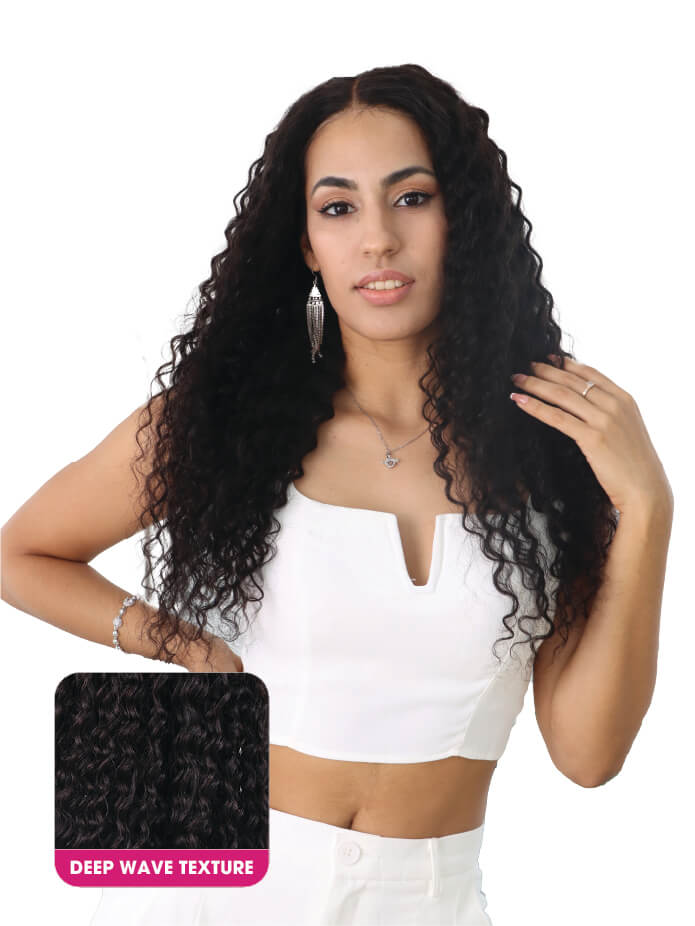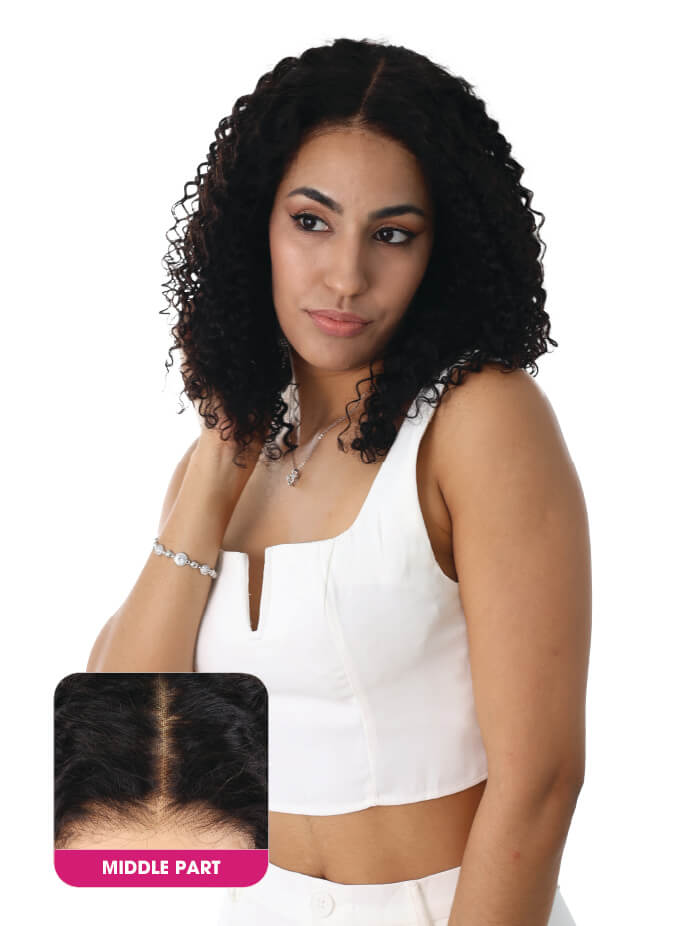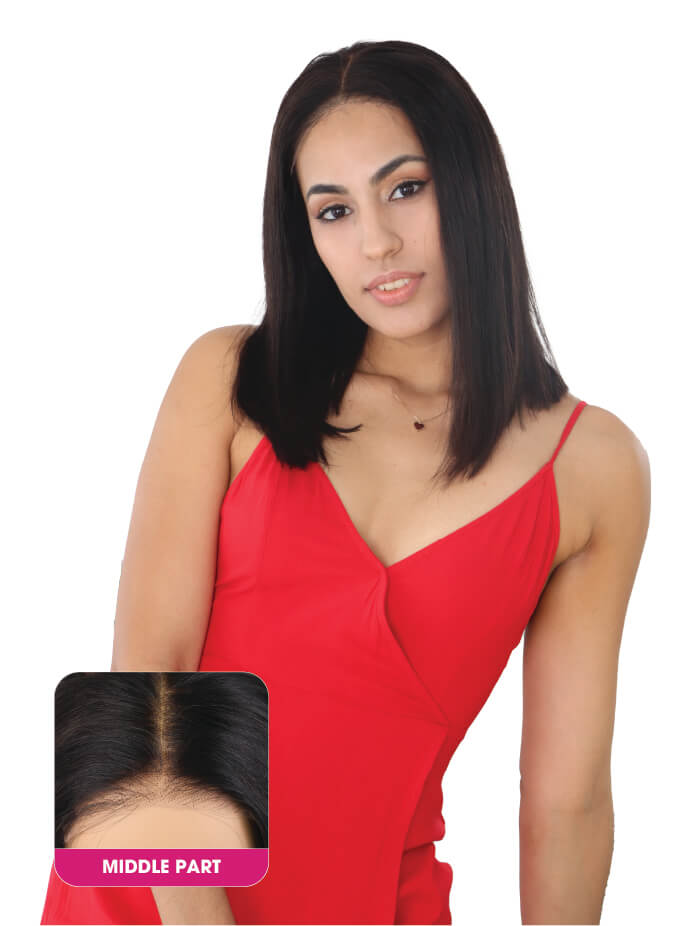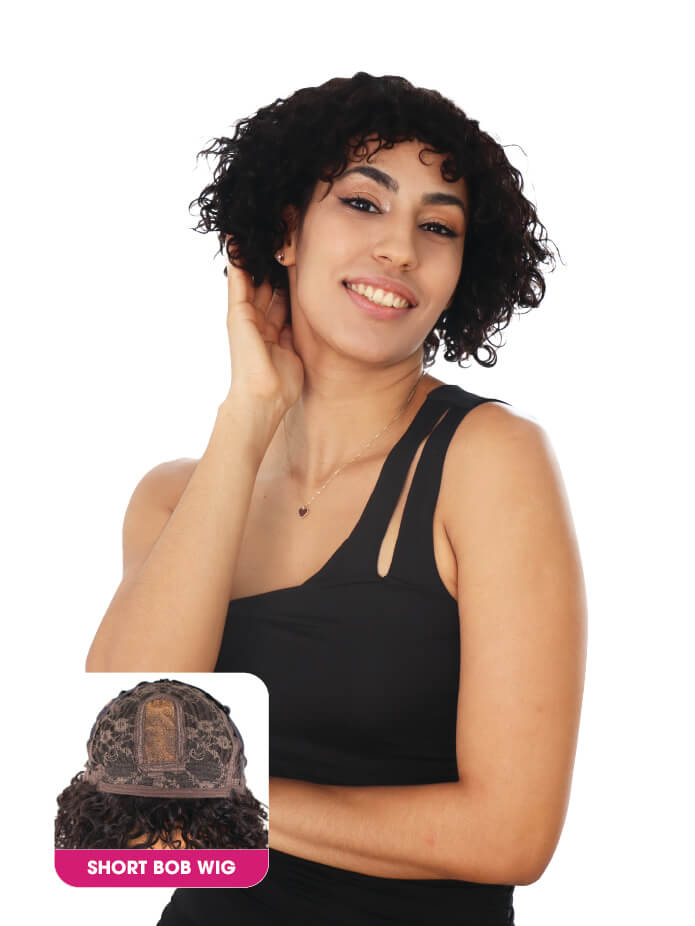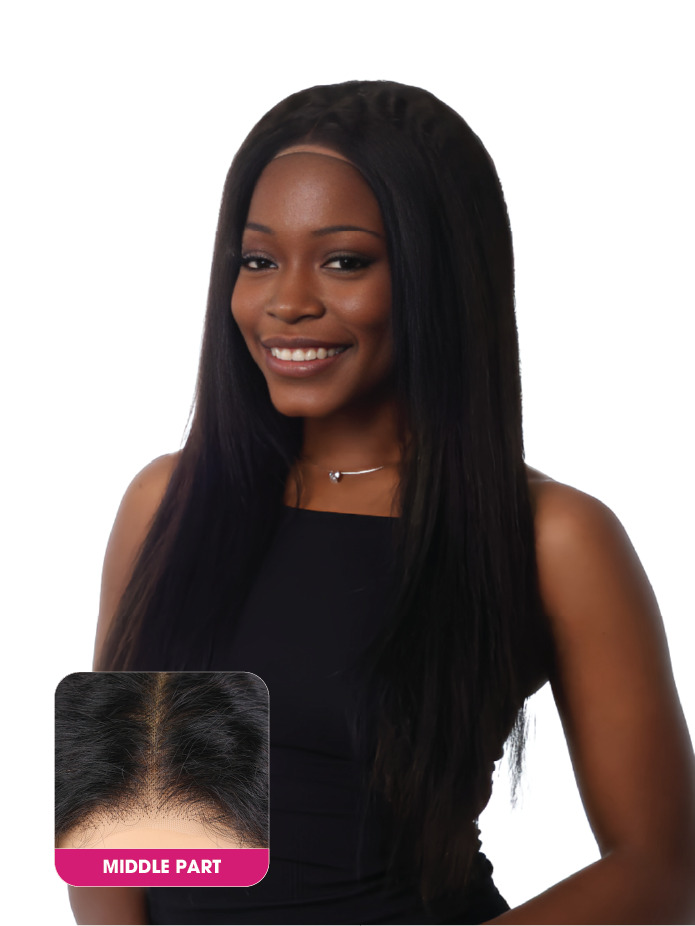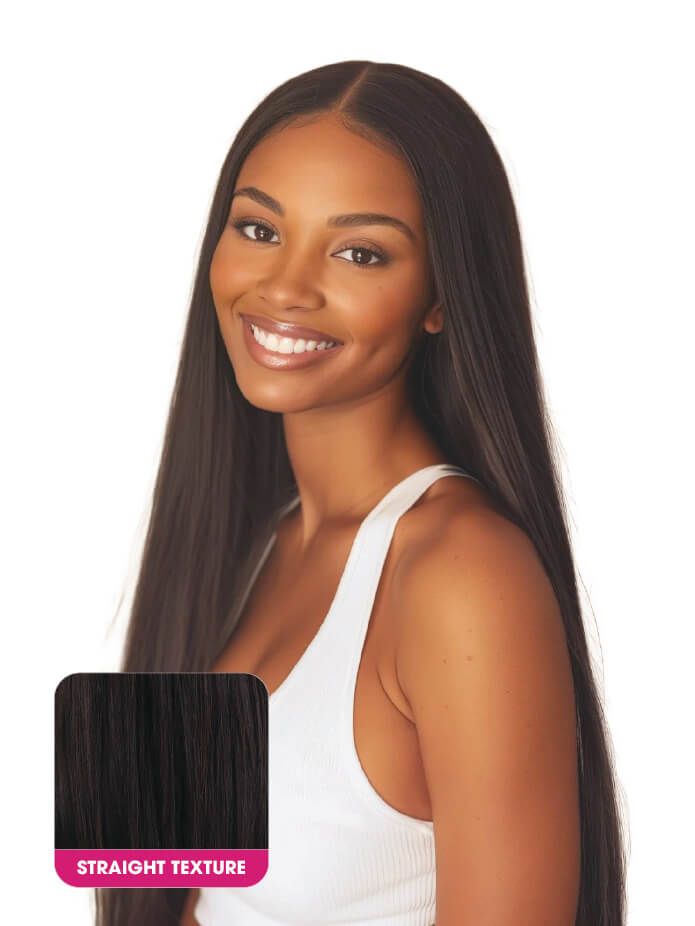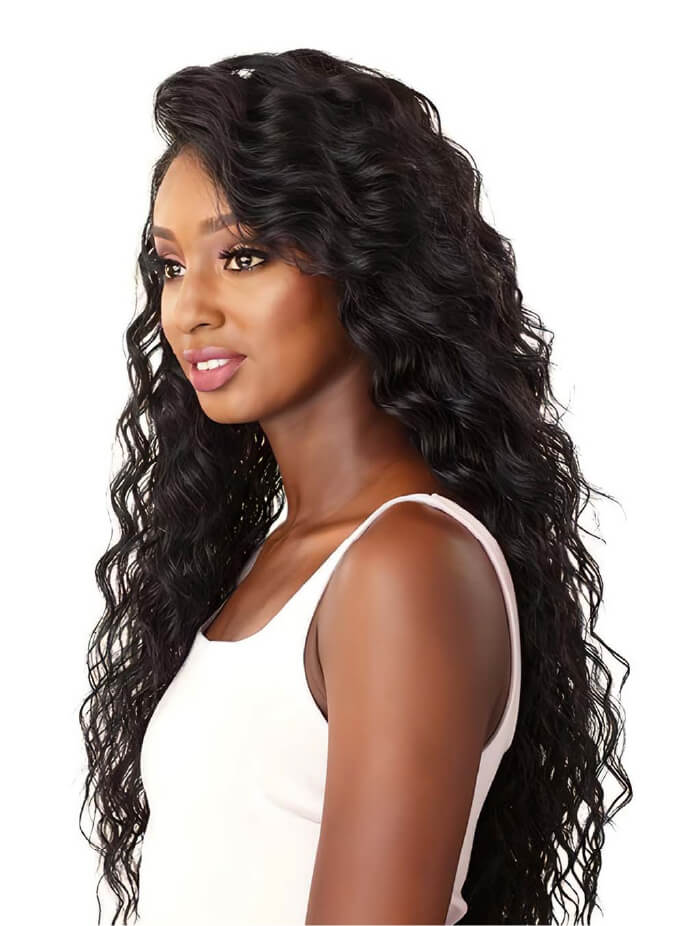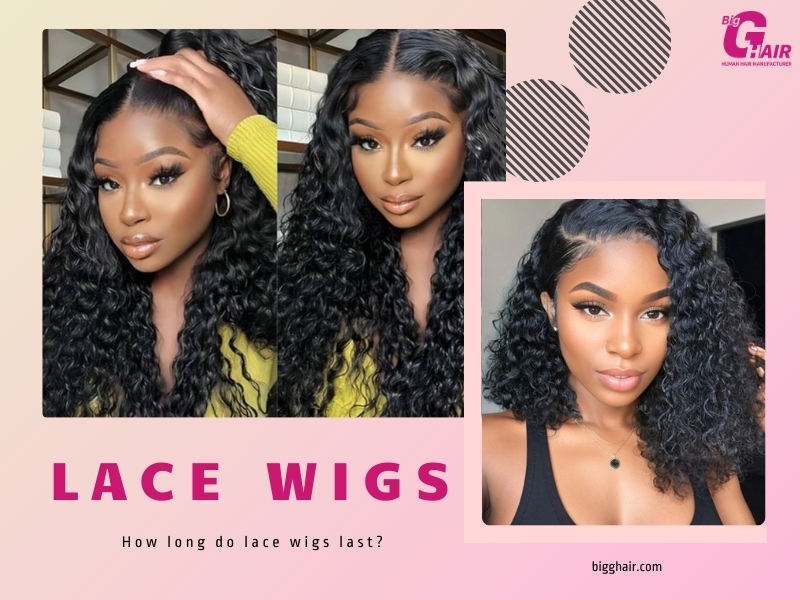
How Long Do Lace Wigs Last
If your burning question is about “How long do lace wigs last?” after purchasing a new one, you’ve come to the right place. We know that with so much conflicting information out there, it’s easy to feel unsure. In this guide, we’ll break down the average lifespan of lace front wigs and explore the key factors that determine how long your wig will stay in top condition. Plus, we’ll provide practical tips to help you extend the life of your lace front wig, ensuring you get the most value from your investment. Ready for clear answers? Let’s dive into the typical lifespan of lace front wigs so you can keep your wig looking flawless for as long as possible.
How Long Do Lace Wigs Last?
The lifespan of a lace front wig depends primarily on the type of hair used and how well you care for it. On average, human hair lace front wigs last between 3 to 6 months with regular wear. However, remy hair wigs, which are of higher quality, can last anywhere from 4 to 12 months. If you’ve invested in a virgin hair lace front wig, the best quality available, you could see it last for as long as 12 months or more.
However, the lifespan of your lace front wig depends on factors such as care routines, styling habits, and the wig’s materials. With proper maintenance and attention to detail, you can significantly extend the life of your lace front wig, ensuring it stays fresh, vibrant, and wearable for a longer period.The lifespan of a lace front wig depends primarily on the type of hair used and how well you care for it.
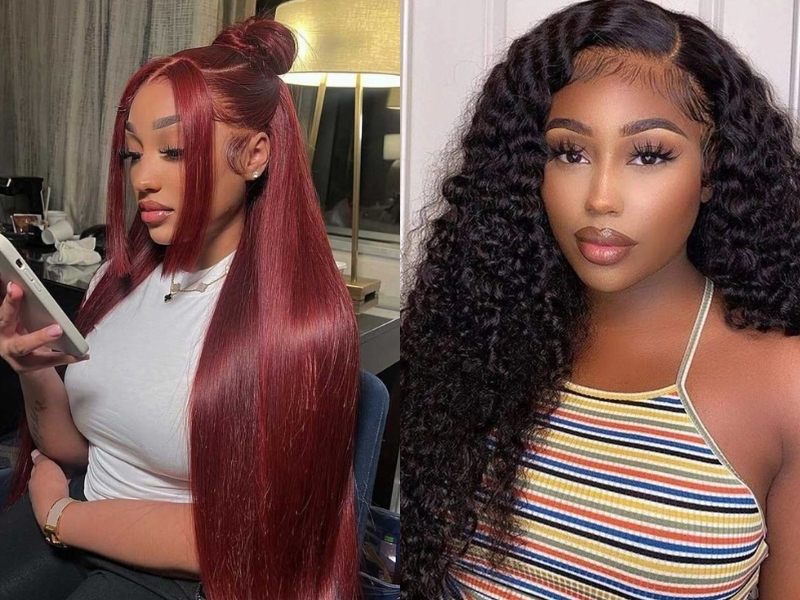
The lifespan of a lace front wig depends primarily on the type of hair used and how well you care for it.
Factors That Affect Lace Front Wig Longevity
Once you know the answer to “ How long do lace fronts last?”, let’s move on to understand the factors that influence the lifespan of your lace front wig will help you make informed decisions to preserve its quality. Dive deeper into the key elements that play a crucial role in determining how long your wig will last.
Hair Grade
The grade of hair used in your lace front wig is one of the most important aspects influencing its durability. Wigs come in different types of hair, each with varying levels of quality and durability. Below are the three most common grades of hair found in lace front wigs:
- Virgin Hair: Virgin hair is considered the highest quality hair available on the market. It is unprocessed and has never been chemically treated or altered, meaning it retains its natural shine, texture, and strength. This hair is exceptionally long-lasting, as the cuticles remain intact, helping the strands maintain their health for an extended period. If you invest in a virgin hair wig, you can expect it to last the longest, sometimes up to 18 months with proper care. Big G Hair is a trusted brand that supplies high-quality Vietnamese virgin hair wigs at unmatched prices. From sleek straight hairstyles to voluminous curly styles, you can easily choose the suitable one.
- Remy Hair: Remy hair is another high-quality option that’s often more affordable than virgin hair. This type of hair is still intact with its cuticles aligned in the same direction, which helps to minimize tangling and ensures a smooth, shiny appearance. While Remy hair may have undergone some minor processing, such as light chemical treatments or dyeing, it still retains much of its natural integrity. With good care, a remy hairlace front wig can last 4 to 12 months.
- Processed Human Hair: This type of hair goes through more processing than both virgin and remy hair. The cuticles are usually stripped away, and the hair may be heavily processed to add color, texture, or other enhancements. As a result, processed human hair wigs are typically less durable and don’t last as long. On average, processed human hair wigs last between 2 to 3 months.
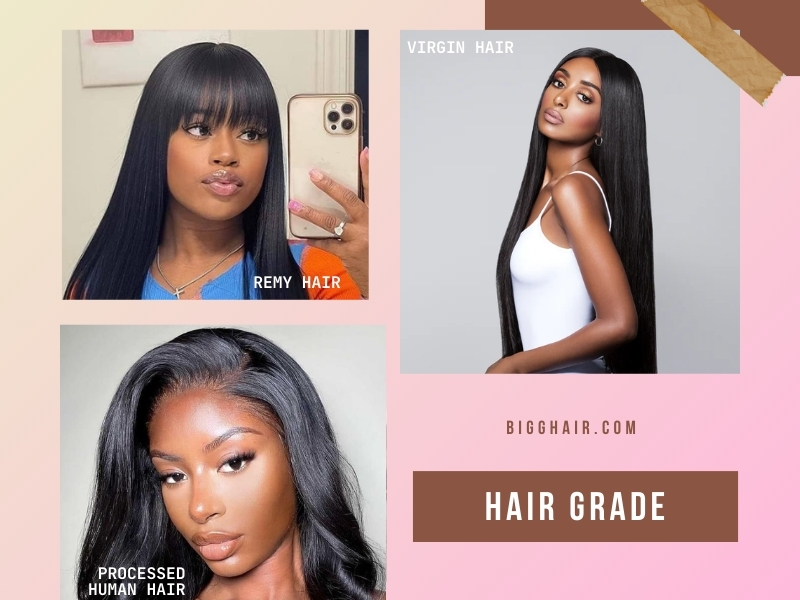
Wigs come in different types of hair, each with varying levels of quality and durability
Hair Source
The origin of the hair used in your lace front wig also plays a role in how long it will last. Different regions produce hair with varying characteristics, and these differences can affect the wig’s strength, texture, and overall lifespan.
- Vietnamese Hair: Renowned for its high quality, Vietnamese hair strikes the perfect balance between strength and softness. Its natural smoothness and durability make it one of the best options for wigs, offering a texture that holds styles beautifully, whether straight, wavy, or curly. Vietnamese hair is also prized for its thickness and healthy cuticles, which remain intact, allowing the hair to retain its lustrous shine and last much longer compared to other types.
- Chinese Hair: Known for its strength and coarseness, Chinese hair is one of the most durable hair types available. Its resilience makes it a good option for those seeking a wig that can endure significant wear. However, many find that Chinese hair lacks softness and doesn’t hold certain textures, like curls or waves, as well as other types.
- European Hair: European hair is relatively soft and fine, which makes it appealing to those who prefer a delicate texture. However, it lacks the strength of Chinese hair and is much more scarce, which drives up its price. While European hair offers a luxurious feel, its fine structure may result in a shorter lifespan.
- Indian Hair: Soft, lightweight, and versatile, Indian hair is a favorite among many wig wearers, especially in the Black community. It can be easily styled into various textures. However, its softness makes it more susceptible to damage, often resulting in a shorter lifespan compared to other hair types.
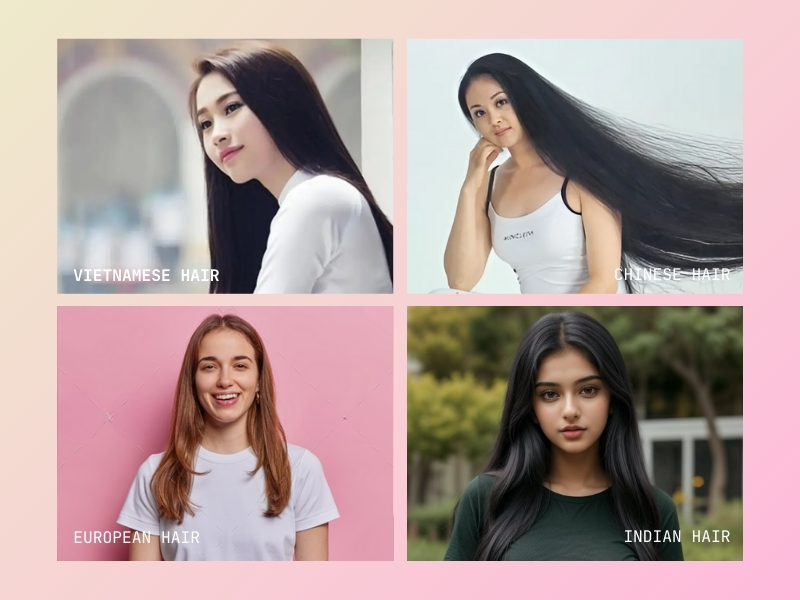
The origin of the hair used in your lace front wig also plays a role in how long it will last
Lace Materials
The type of lace used in your wig is another key factor in its durability. The lace is the base for the hair and contributes to the illusion of a natural hairline. Different lace types come with varying levels of durability, and choosing the right one for your needs can extend your wig’s lifespan.
- HD Lace: Praised for its top-tier quality, HD lace stands out as an ultra-thin, nearly invisible material that creates a flawless, seamless hairline. Its ability to blend effortlessly with the scalp gives the most realistic appearance possible, making it highly sought after. However, this lace is delicate, and its fine texture means it can easily tear during application or removal, requiring careful handling.
- Swiss Lace: Offering a sturdier alternative, Swiss and Clear Lace still delivers a natural look but with more resilience. Clear lace shines when it comes to blending with a variety of skin tones, offering both a great fit and long-lasting wear. These options provide the durability needed for everyday use without the fragility of HD lace.
- French Lace: The champion of durability, French lace is designed to endure the toughest wear and tear. Its thickness makes it the strongest option, ideal for those who need a wig that lasts. However, the thicker texture can be a little harder to blend, potentially sacrificing some of the wig’s natural look in favor of longevity.
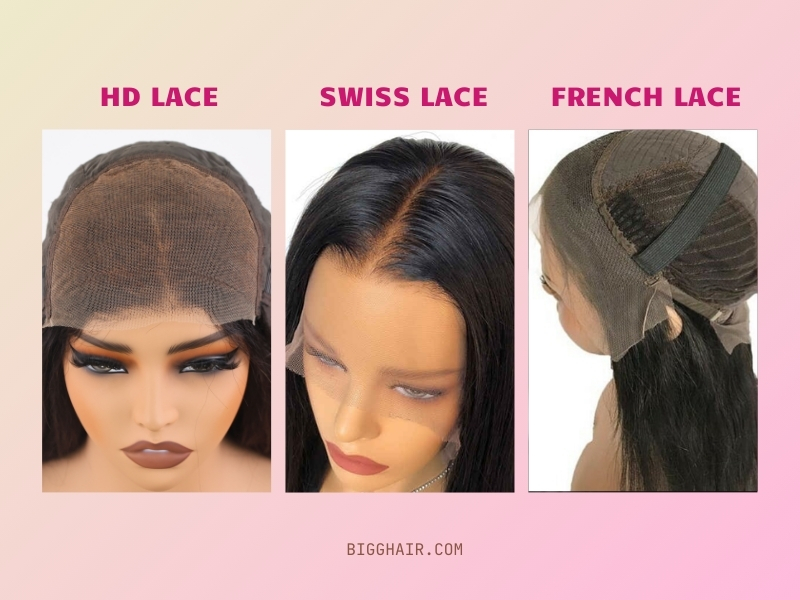
The type of lace used in your wig is another key factor in its durability
Manufacturing Process
The manufacturing techniques used to construct your lace front wig can significantly impact its durability. Here are key factors to consider:
- Single vs. Double Knots: Wigs with double knots offer greater durability when compared with single knots. Double knots ensure that the hair is more securely attached to the lace, reducing the chances of shedding.
- Bleaching: Unbleached wigs tend to last longer because bleaching weakens the hair’s cuticles, making it more vulnerable to breakage.
- Chemical Processing: Wigs that have undergone chemical treatments, such as coloring or texturizing, typically don’t last as long as untreated wigs. The more a wig undergoes processing, the more vulnerable it becomes to damage.
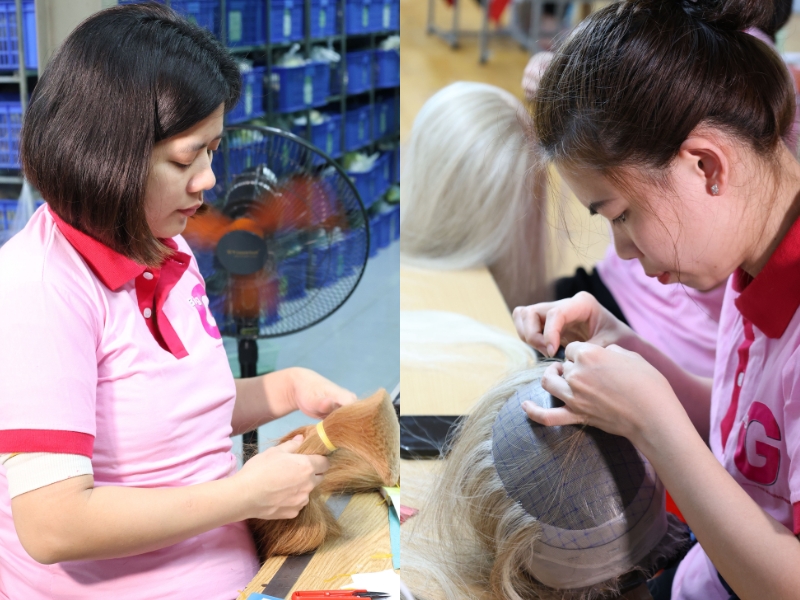
The manufacturing techniques can significantly impact its durability
Styling Habits
Your styling practices can have a significant impact on the longevity of your lace front wig. Excessive heat styling, such as curling or straightening, can damage the hair strands over time, reducing the wig’s lifespan. Additionally, dyeing, bleaching, and other chemical treatments can weaken the hair, leading to split ends, shedding, and breakage.
Even if you choose a high-quality virgin hair wig, high-heat styling or harsh chemical treatments can cause gradual damage, making the wig less durable over time. Be gentle during styling and using heat-protectant sprays can help mitigate these effects.
Wig Maintenance
Proper care and maintenance are essential to prolonging the life of your lace front wig. Washing the wig too frequently, using harsh products, or failing to detangle the hair properly can all lead to accelerated wear and tear. Be sure to follow a consistent wig care routine that includes gentle washing, conditioning, and proper storage.
Tips for Making Lace Front Wigs Last Longer
Now that you’re familiar with the key factors affecting your wig’s lifespan, here are some actionable tips to help you extend the longevity of your lace front wig:
- Avoid Bleaching Knots: Whenever possible, opt for a pre-bleached wig to avoid the weakening and potential damage of the knots. If you need to bleach the knots yourself, be cautious and use the gentlest products available to minimize harm.
- Minimize Heat Styling: Limit the use of heat-styling tools to prevent damage. Always apply a heat-protectant spray before styling, and set your tools to the lowest effective temperature to safeguard your wig’s integrity.
- Detangle with Care: To prevent breakage, gently detangle your wig starting from the ends and working your way up. Use a wide-tooth comb or your fingers, and avoid tugging or pulling on the hair.
- Wash Regularly But Not Too Often: Maintain a balance in washing frequency. Overwashing can strip the wig of its natural moisture, leading to dryness, while infrequent washing can cause buildup and tangling. Aim for a washing routine that suits your wear frequency and conditions.
- Condition Your Wig: Regular conditioning is essential to keep your wig hydrated and prevent dryness and tangling. Use a conditioner formulated for wigs to ensure they remain soft and manageable.
- Store Your Wig Properly: When not in use, store your wig on a mannequin head, in a shoebox, or in a satin bag to protect it from dust and damage. Proper storage helps maintain its shape and prolong its lifespan.
- Rotate Your Wigs: If you have multiple wigs, rotating their use can significantly extend their lifespan. Alternating between wigs reduces the wear and tear on any single unit, helping all your wigs stay in great condition longer.
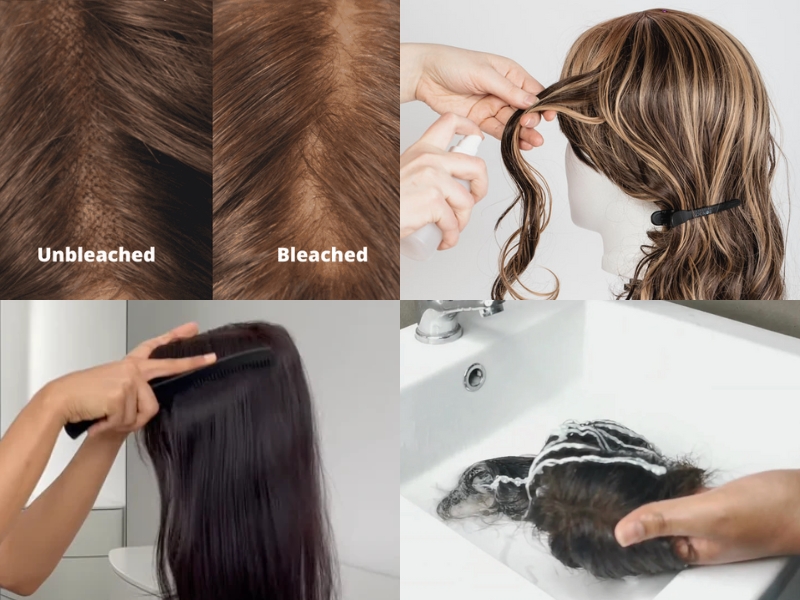
Proper care and maintenance are essential to prolonging the life of your lace front wig
Conclusion
After clarifying your burning curiosity about “ How long do lace wigs last? ” , you can keep your lace front wig looking flawless for months. Factors such as hair grade, lace type, and maintenance practices play a crucial role in determining the lifespan of your wig. However, choosing high-quality wigs will guarantee that you enjoy both exceptional style and great value from your investment. Check out Big G Hair for our exquisite collection of human hair wigs and get some exclusive deals.

